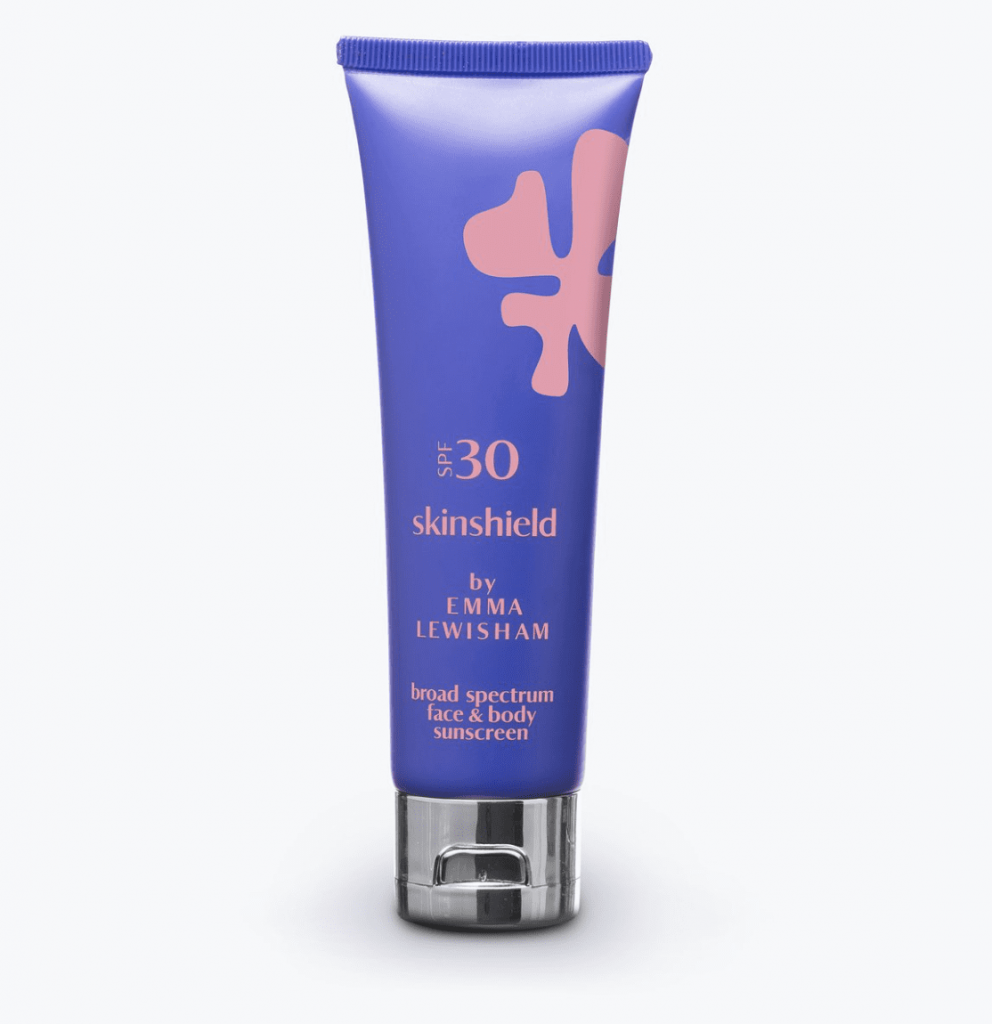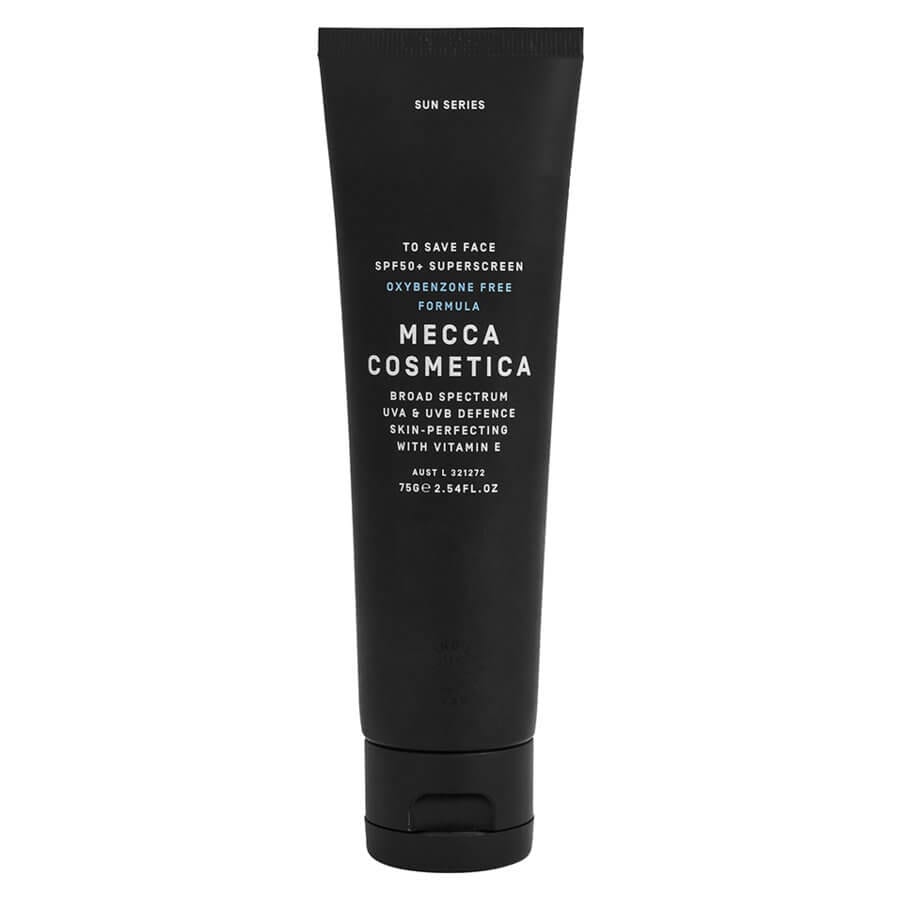Slip, slop, slap. It’s a mantra we’ve all heard a thousand times but with myriad sunscreen options on the market, finding your holy grail can be tough! School up with our sunscreen 101 and stay sun safe this season.
Buying sunscreen used to involve a quick trip to the supermarket en route to the beach, with two big decisions top of mind: SPF level and whether or not you wanted to smell like a coconut. Our sunscreen selection has undoubtedly increased, and along with it, the potential for even more sun damage than we were kids, thanks to that not-so-little issue of the hole in our ozone layer.
The sun is responsible for much of what we assume is normal ageing: wrinkles, uneven skin tone, pigmentation and dullness. “90 percent of the ageing we see on our skin comes from the sun,” explains Australian-based dermatologist Ruby Marx. “Sunscreen is the most effective anti-ageing product you can use, and everyone should find some form they’re comfortable using.”
“Sun protection is important, no matter your age, [but] using sunscreen from a young age will likely result in a more even skin tone and less visible signs of ageing,” adds Ruby. “Although targeted serums and treatments will, of course, encourage good skin, you can’t go wrong with sticking to the basics: a cleanser, moisturiser and effective daily sunscreen with an SPF30 or higher.”
Sun exposure is inevitable and daily exposure adds up, but Ruby insists it’s never too late to start wearing sunscreen daily. “We are exposed to the sun every day, meaning every day we aren’t wearing sunscreen – whether that be inside or outside – we are damaging our skin a little bit more. If you choose to start wearing sunscreen from today, think of the extra damage you can avoid from now.”

Screen Queens
Physical and chemical sunscreens are the two choices of formula available when it comes to sun protection – but what’s the difference and which one is best?
Physical sunscreen
Physical sunscreens sit on top of the skin’s surface blocking and scattering ultraviolet (UV) rays through mineral filters such as titanium dioxide and zinc oxide. Also known as ‘mineral’ sunscreens, a physical block repels UV rays at the surface level and protects against both UVA and UVB rays.
The pros:
Physical UV filters are growing in popularity as they can be less irritating for individuals with sensitive skin or those with rosacea. The formulation is usually thicker and whiter than a chemical sunscreen, so it is easy to see where they have been applied and rubbed off, ensuring protection levels are maintained. As physical SPF sits on the surface of your skin, the protection is almost instant, so there is no wait time after application.
The cons:
Physical sunscreen is extremely difficult to formulate, and many on the market can leave a white cast to the skin and feel stickier – though we’re seeing this less and less thanks to advancements in technology and brands taking their time to perfect their formulas rather than rushing to market.
If you have oily or acne-prone skin, you may feel like a physical sunscreen is too heavy on your skin, so always see if you can try before you buy. Although physical sunscreens offer instantaneous protection, there is still a need for frequent application. They can easily be rubbed, sweated or rinsed off while sitting on the surface of the skin.
Chemical sunscreens
The majority of sunscreens found on the shelves fall into this category. Chemical sunscreens are absorbed into your skin and sit in the deeper layers. They absorb UV rays, converting them into heat energy, before releasing the heat from the skin.
The pros:
Chemical sunscreens are great for daily wear as they tend to be more lightweight and easier to spread – making them ideal for under makeup or if you’re prone to sweating due to high impact activity. Likewise when it comes to swimming, a water-resistant chemical sunscreen offers longer lasting protection in the water, but always make sure you reapply regularly.
A broad-spectrum chemical sunscreen containing multiple filters ensures the most effective protection from both UVA and UVB rays. This is vital, as UVA rays represent 95 percent of the UV rays on the earth’s surface and play a significant role in premature ageing.
The cons:
Chemical sunscreens take time to absorb into the skin – around 20 minutes – so planning ahead is essential. The heat-releasing nature of chemical sunscreens can be problematic for sensitive and rosacea-prone skin and well as individuals with hyperpigmentation.
Oxybenzone, the chemical compound found in most over-the-counter sunscreens, has been known to cause allergic reactions and irritations in sensitive skin. Concerns have been raised about potential free radical damage from long-term use; however, most modern formulations contain antioxidants to safeguard your skin’s health.
Our Selection
Words: Georgia Rose
Images: Unsplash, Supplied





